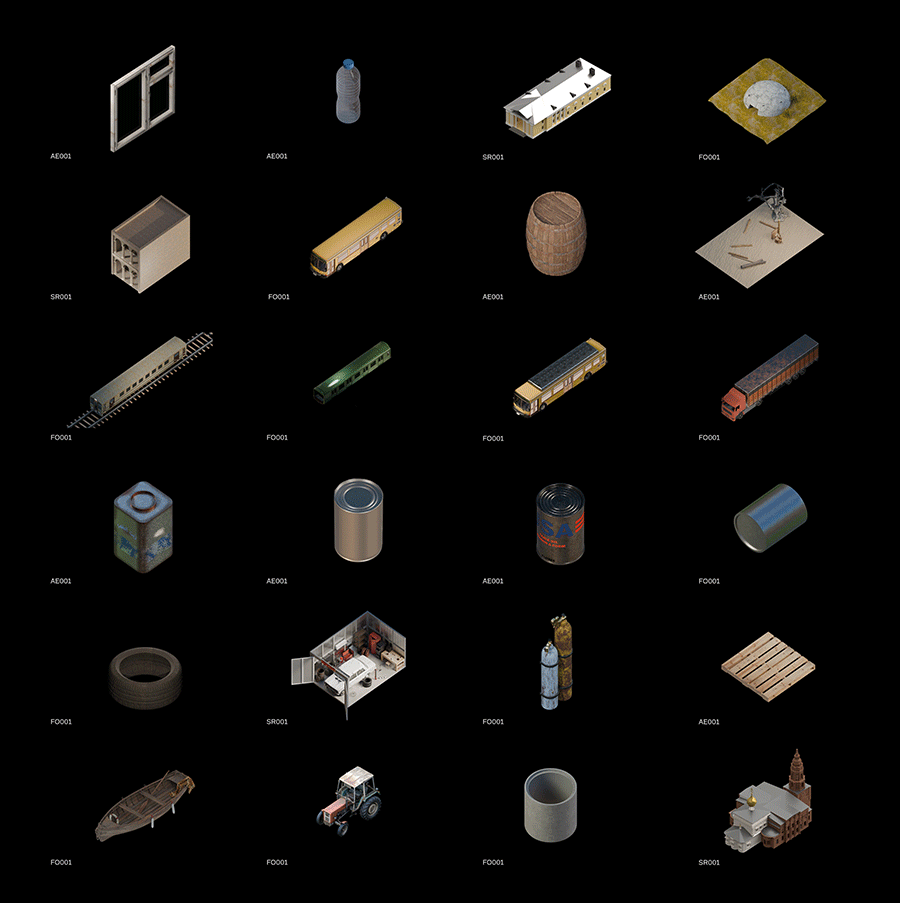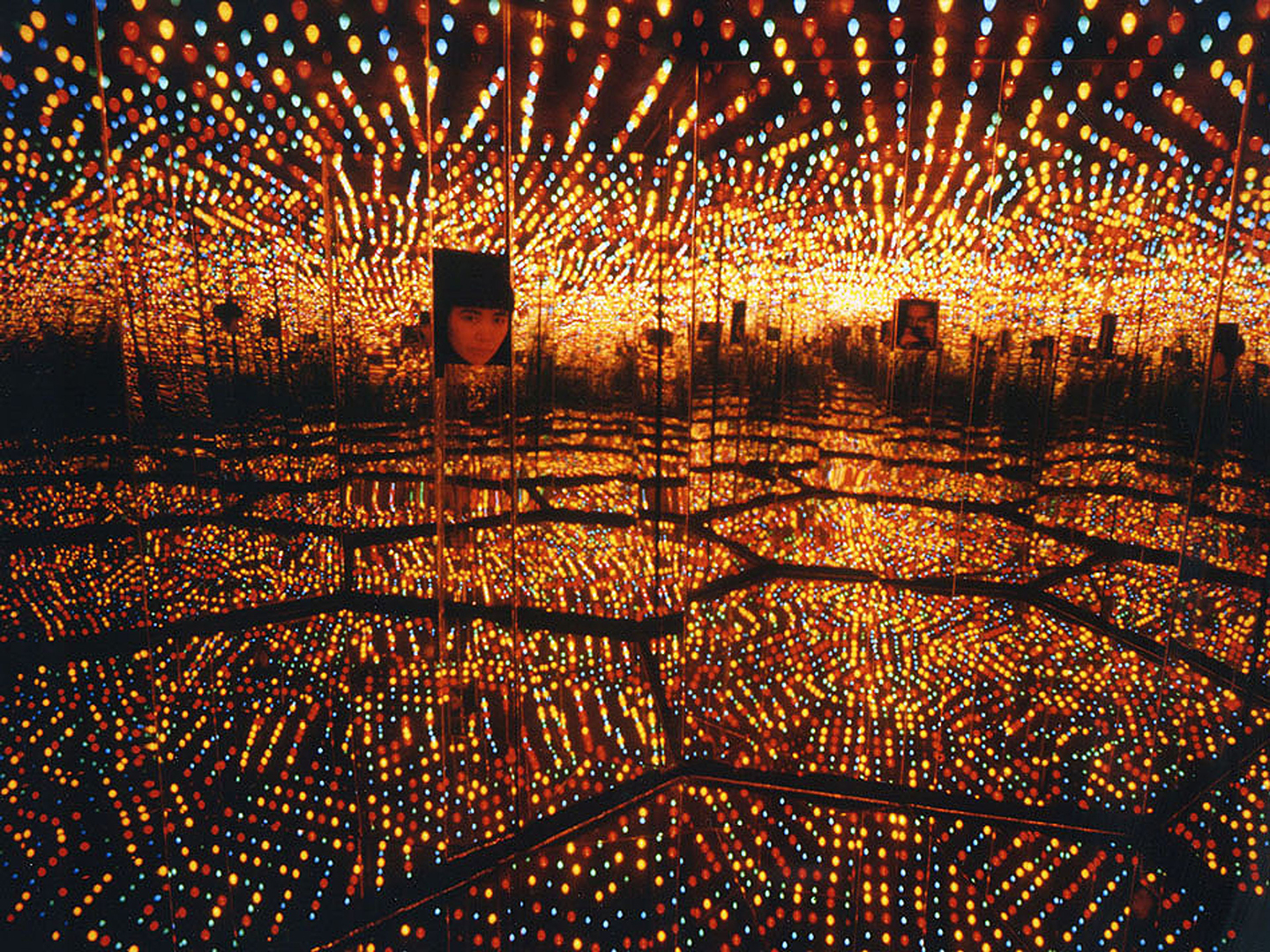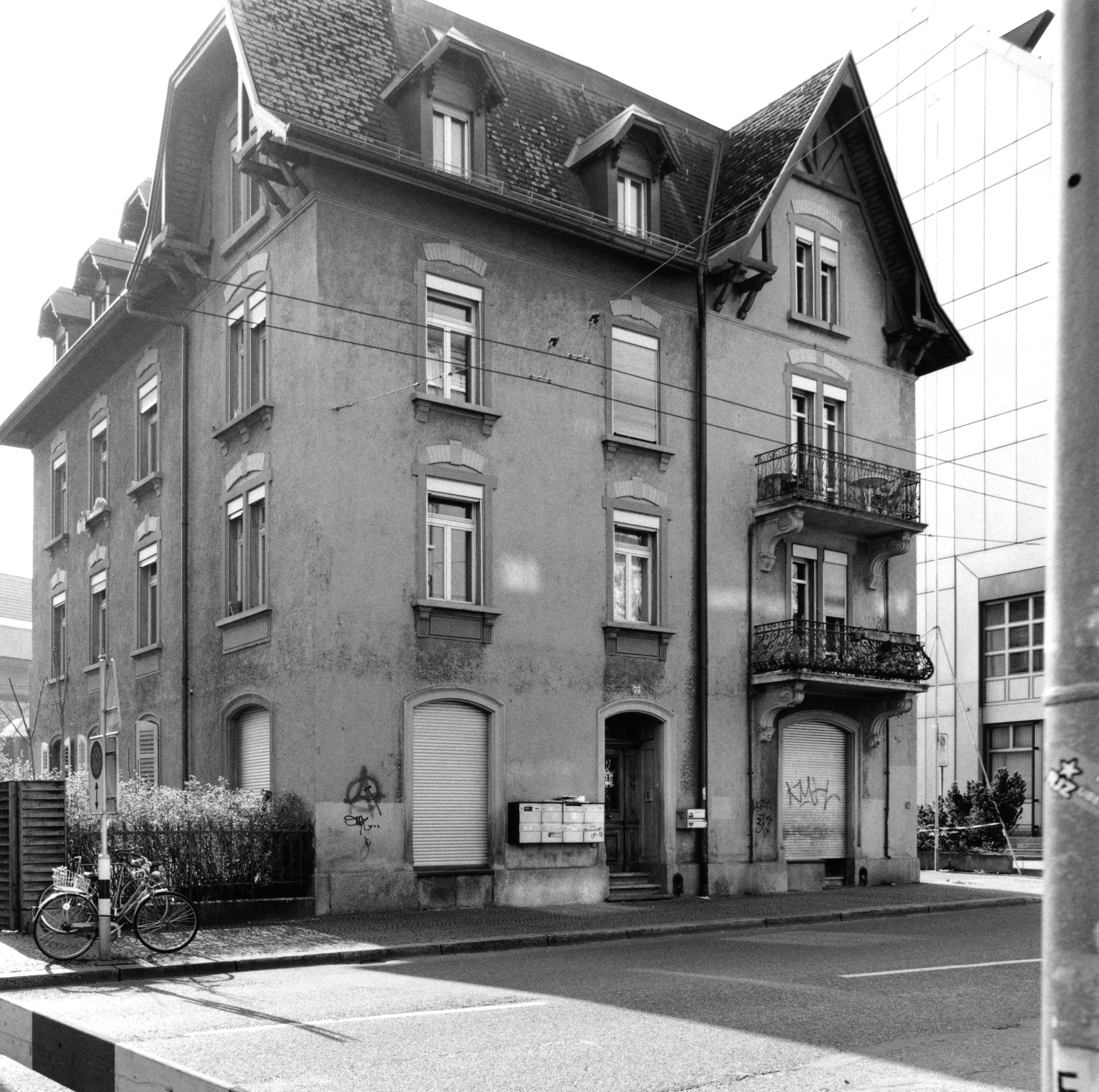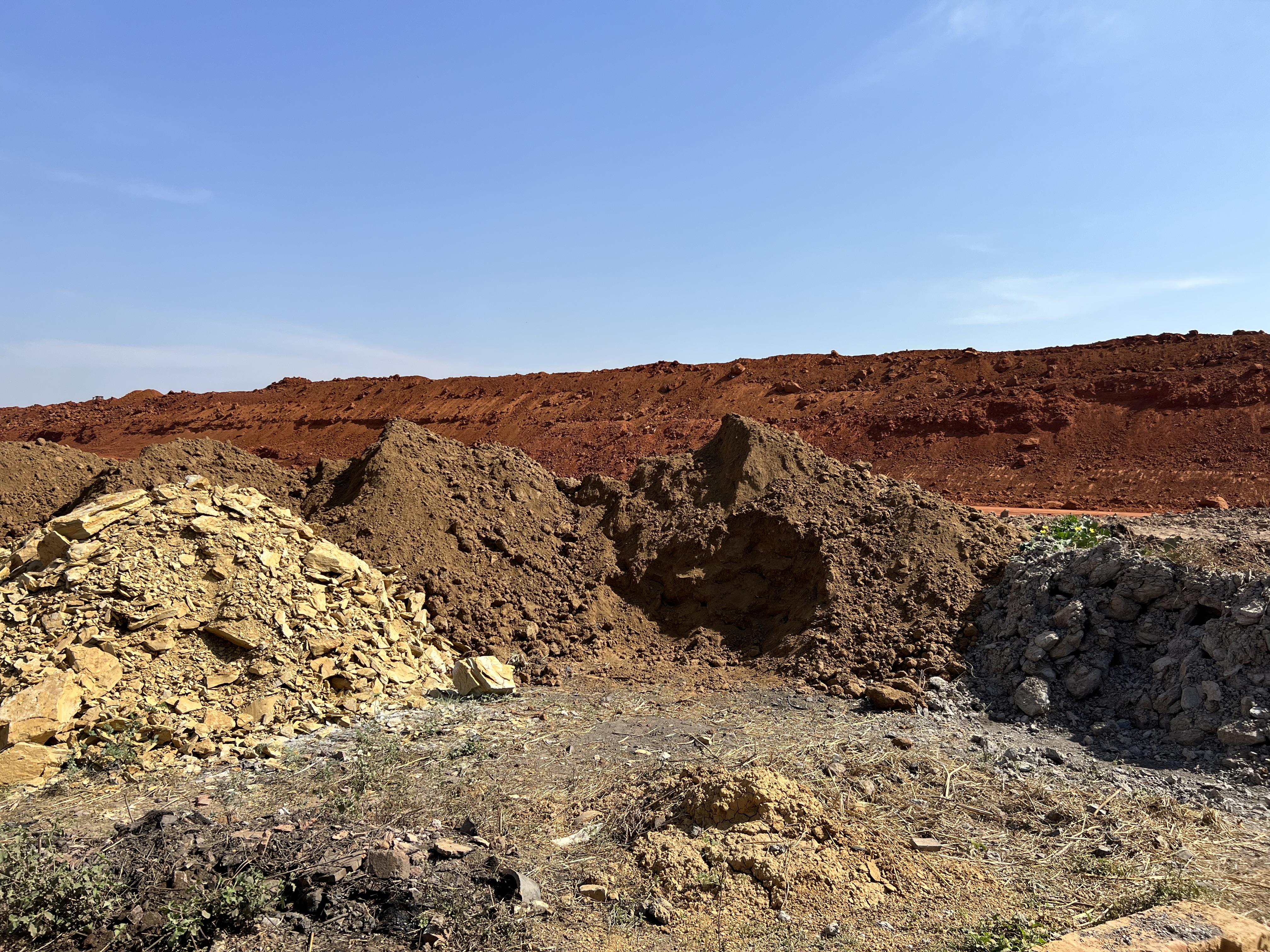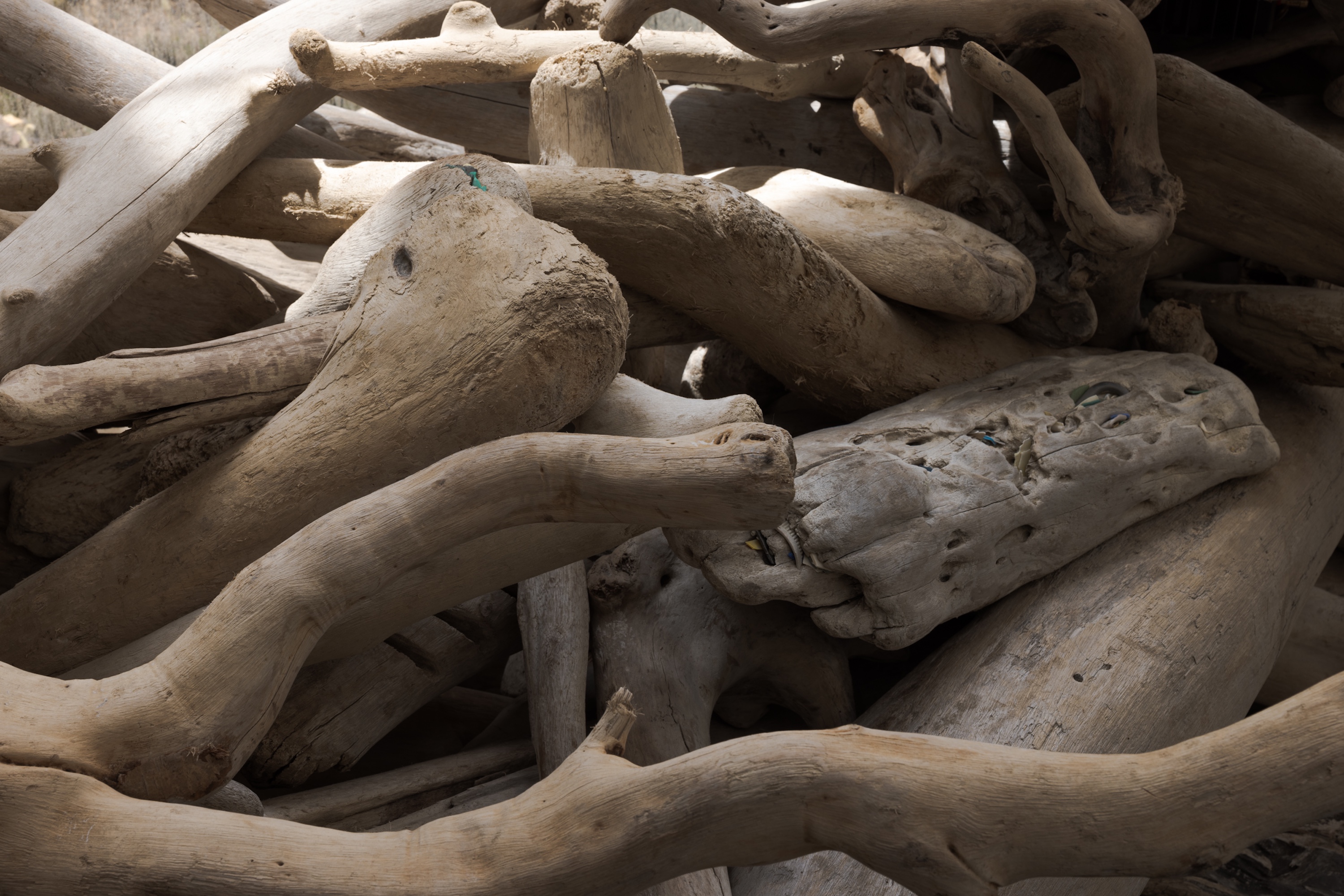An anti-ligature room is a room that contains nothing around which a rope or cord can be tied. Designed to house people considered at risk from suicide, it provides the title, and a guiding metaphor for the state of contemporary culture, for a collection of texts by “Contemporary Art Writing Daily.” CAWD, as it styles itself, is an author project and website which, since 2014, has published short anonymous reviews of, mostly, the kind of contemporary art displayed in élite galleries in the Global North. Scrolling through the reviews, like reading this book, is like tuning into the interior monologues of a crowd of MFA graduates as they mill awkwardly in a private viewing. They offer repressed and volatile compounds of high theory and raw emotion—“the cast-off internalizes its social panopticon as an ever-carried guilt”—that suggest something is unstable and off-kilter, at least among the insiders of this particular sphere of the art world.
The book consists of seven sections, six of which are numbered rooms, riffing on the title, focusing on themes like “cold” or “content.” As art criticism, the texts work indirectly, circling around common preoccupations of the past decade’s art: animation, CGI, object-oriented-ontology, the digitization of everyday life. The arguments running through these rooms retread familiar ground. That Surrealism—a recurring reference point for understanding contemporary art—shares the strategies of capitalist innovation is a point as old as Walter Benjamin. That art resents its marginalization by mass culture, but that this resentment is a source of resistance, is Spark Notes Adorno. And yet there is something symptomatic—as both these theorists would no doubt say—that these diagnoses of the powerlessness of art in capitalism retain their purchase eighty years after their first formulation.
What these texts offer is less a series of critical theses than the manifestation of a mood; a mood defined, paradoxically, by anxiety about the absence of a mood: of feeling, affect, and emotion. “In these rooms”—the pristine galleries of contemporary art—“everything slants, rounds, droops. Everything is sloughing. You can’t suspend.” This mood is conjured by a style which assembles citations, and clumps partial clauses: “Fear for lumps inside us, unchecked growth, a malignancy, ‘matter out of place’ ‘the unchecked diversities that proliferate in the dump.’ Heavy concentrations of microplastics in the great Pacific beverage. In parts per million, in tumours, in cysts. Stuff in the concerns.” In doing so, it abstracts the material world of its concern into vagueness.
These texts are interspersed with Google Ngram visualizations tracking the frequency of online searches for “depression treatment,” “contemporary art writing daily,” or “cuckolding,” alongside searches for “anhedonia.” This, a final essay reveals, is the book’s core complaint: the “loss of affect, of connection” against which CAWD offers a “bedroom fantasy of alleviating our critical stagnation, numbness, anhedonia.” This is a book which wants, as one short text puts it, “the world to be a coat rack.” It wants to attach, to hook, to latch. It wants—in the words of E. M. Forster—to “only connect,” betraying a kind of liberal humanism lurking beneath the somewhat vogueish claim (or perhaps a lament?) that in the past decade “we orientated our ontologies towards objects.” The comparative lack of attention to any specific objects of attachment—other than descriptions of numbly watching David Attenborough’s Planet Earth (2006), or crowds circulating past Chris Burden’s Metropolis II (2011) at LACMA—only serves to highlight the yearning melancholy of a prose that laments losing the ability to feel.
At one point, the text pronounces: “This is no longer the romantic era representing ourselves as fathomless depths; we are now better represented as plumbing: neurons, serotonins, levels, fluid directed.” There is, however, something deeply and touchingly Romantic-with-a-capital-R about this book. It assumes, like Coleridge and Baudelaire, that states of “mental illness” such as anhedonia offer insights into the limitations of culture and society. It rails against the destruction of the environment by plastic, the corruption of eroticism by pornography, and the marginalization of art by capitalism.
Yet Romanticism is also an ideology of the individual, and whose fathomless depths, or lack thereof, are being here lamented is something the book’s tactic of authorial anonymity occludes. Perhaps in spite of itself, Anti-Ligature Rooms highlights the broader drawbacks of anonymity as artistic practice, the kind not just pursued by CAWD, but also by artist collectives like Claire Fontaine and Bernadette Corporation, which are recurring figures in both book and website. As a tool used in a critique of pleasure—for it is the need for pleasure, real pleasure, that seeps through the pores of the text’s prose—anonymity obscures the way pleasure is formed and deformed through an interplay between the social and the subjective; the way pleasure by nature discriminates and differentiates. Only if we can see these dynamics at play can we begin to think of pleasure differently. A final ngram shows the frequency of searches for “ejaculatory anhedonia” in the UK and the US from the years 2007–17. It’s a clue to who exactly might have felt unmoored, unattached, and numbed by art this past decade, and raises a lot of unanswered questions as to why.
Anti-Ligature Rooms by Contemporary Art Writing Daily was co-published by Cabinet Gallery and Plea on March 1, 2021


